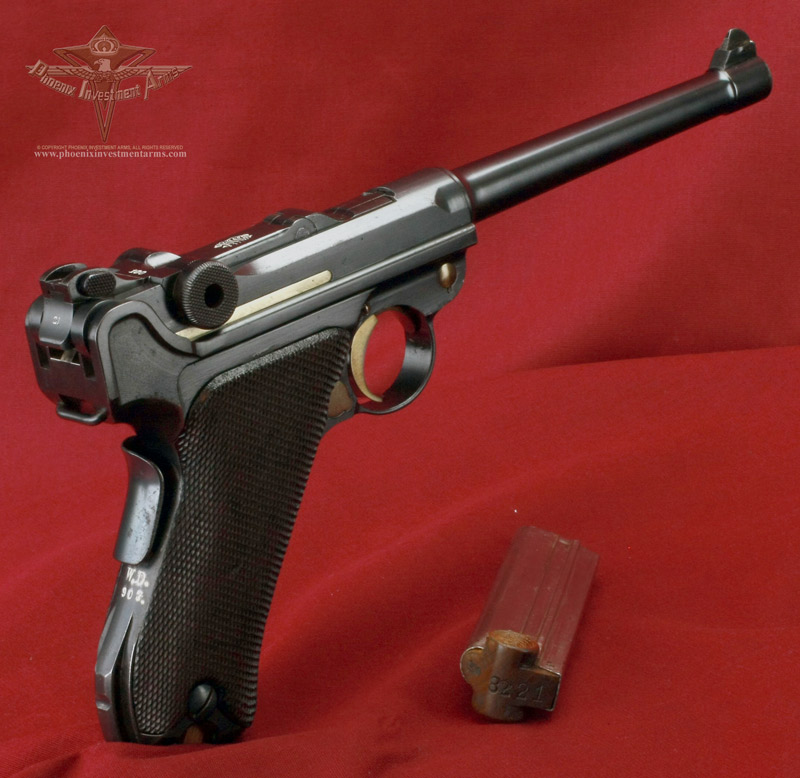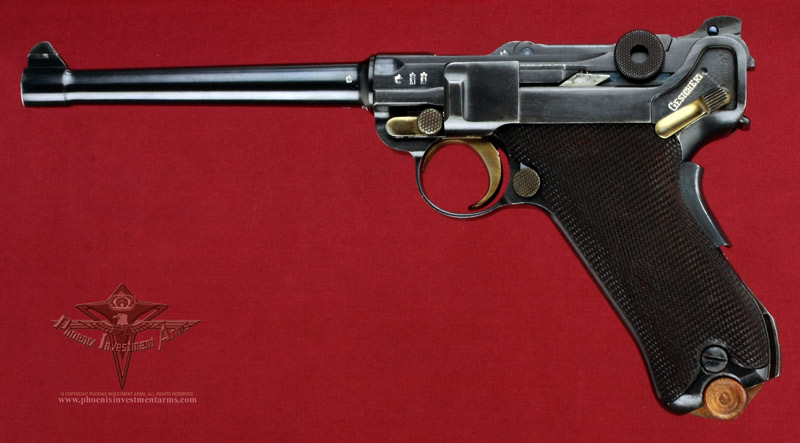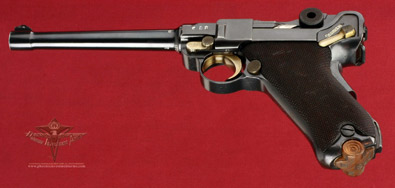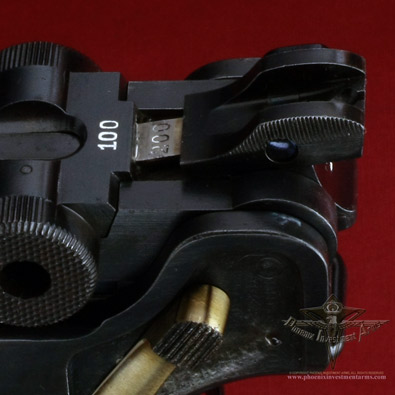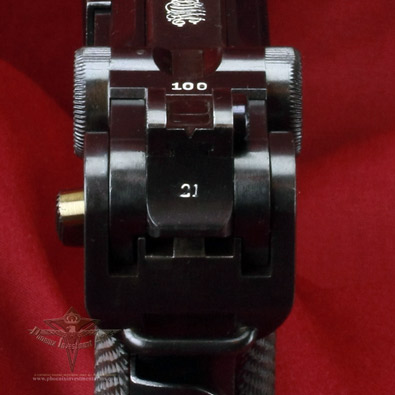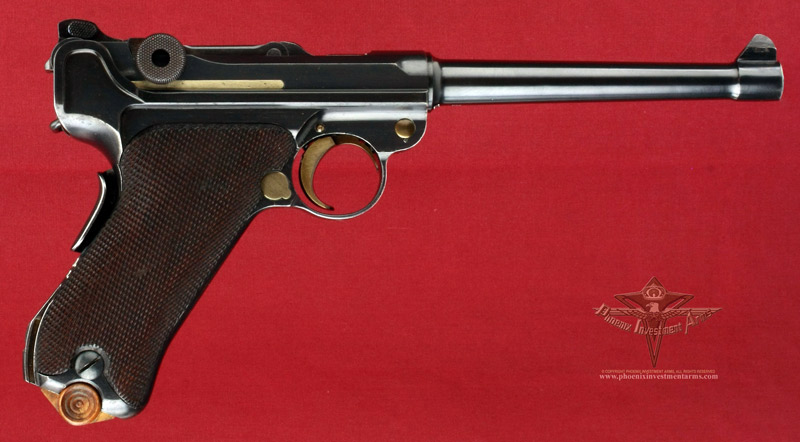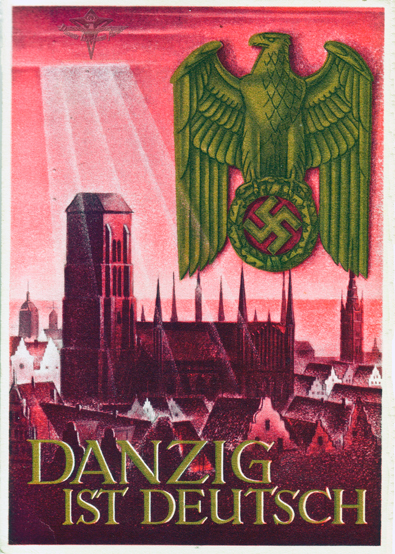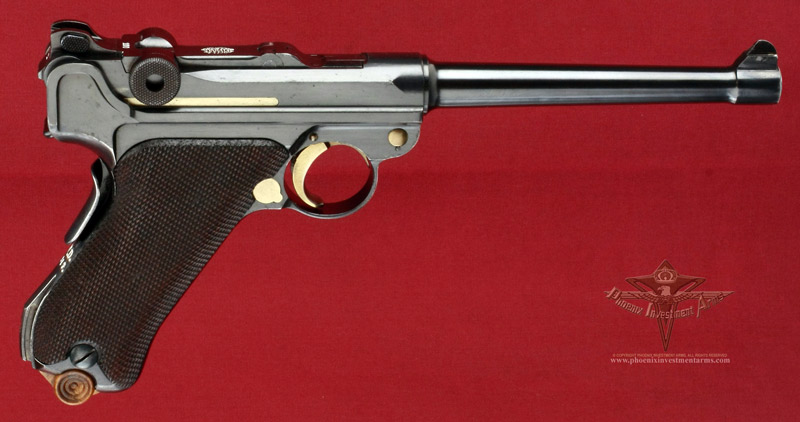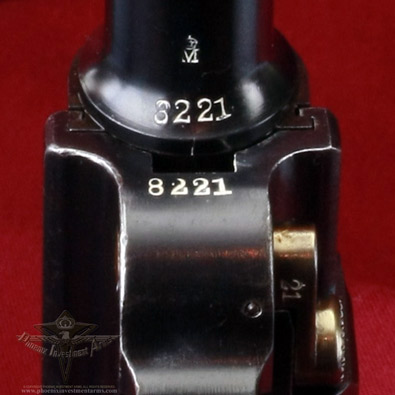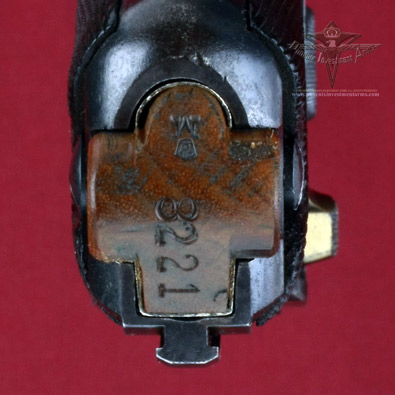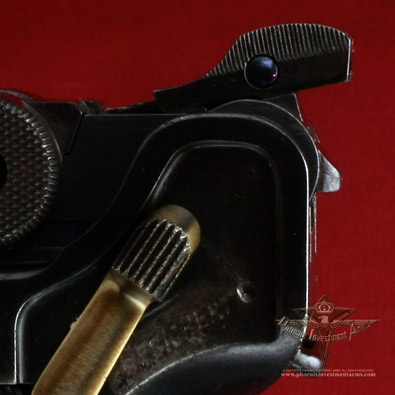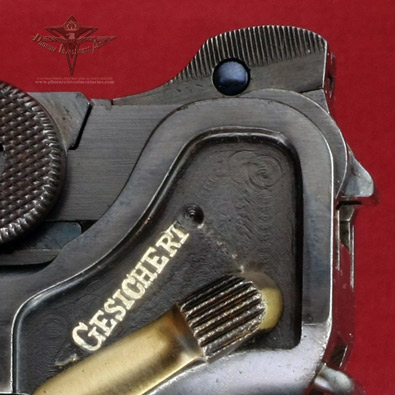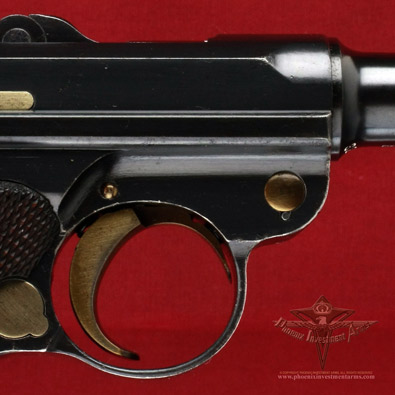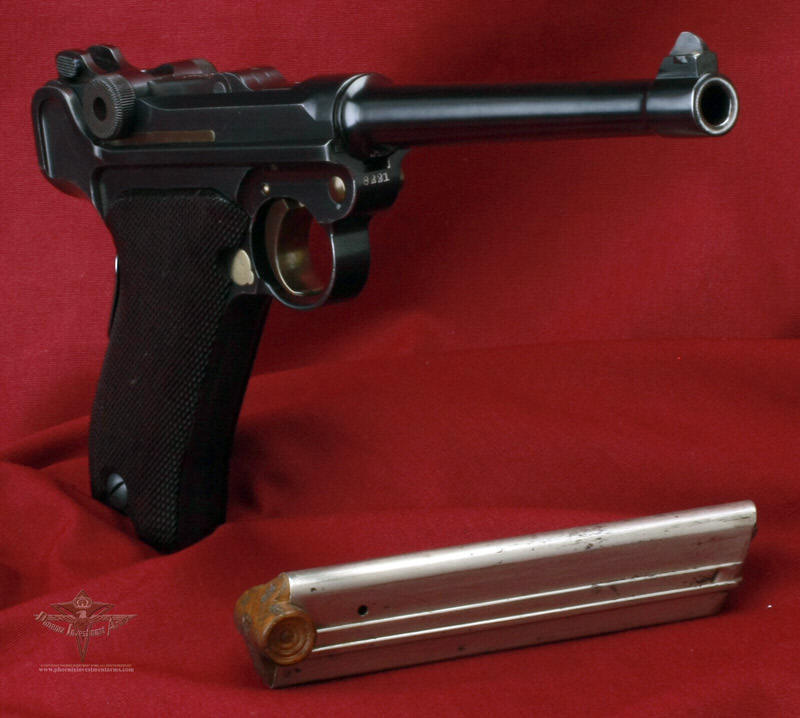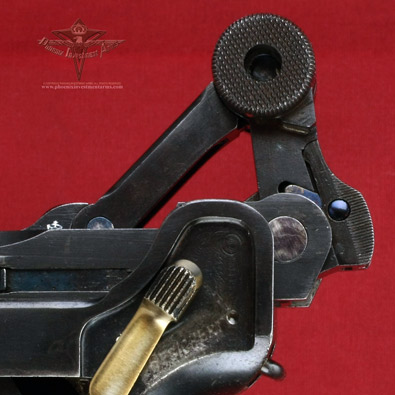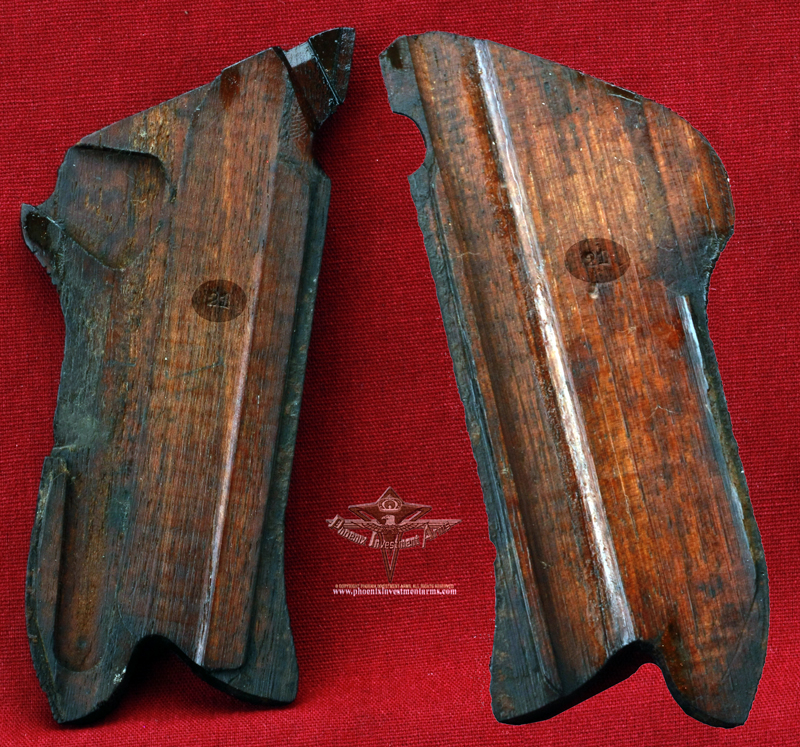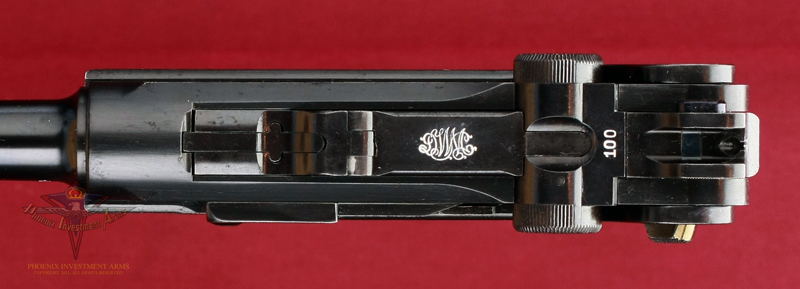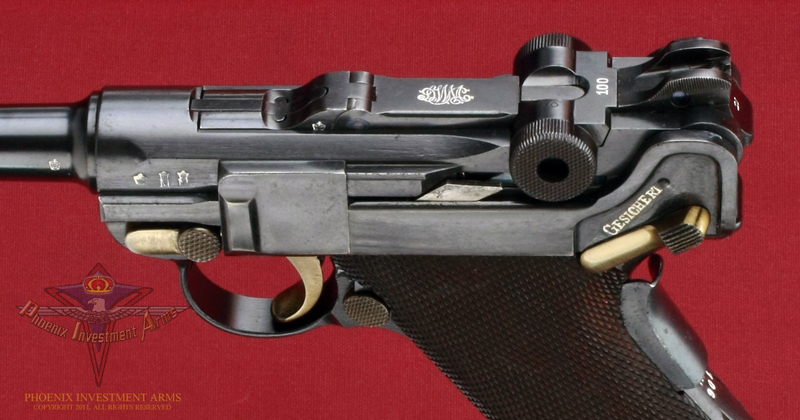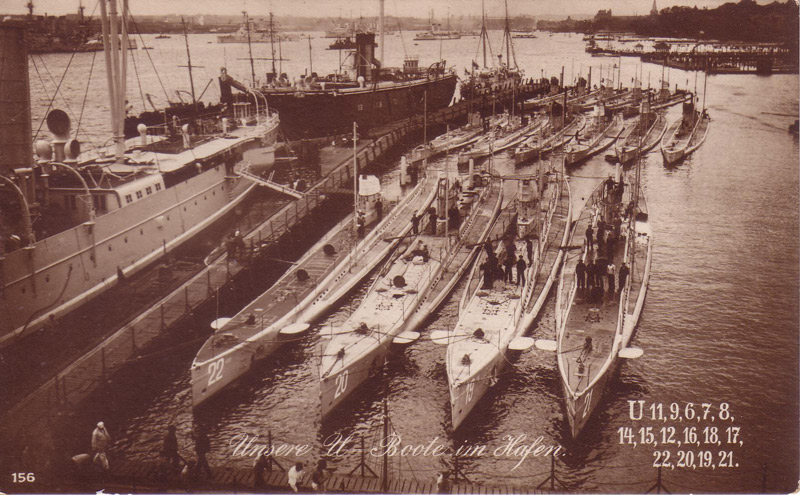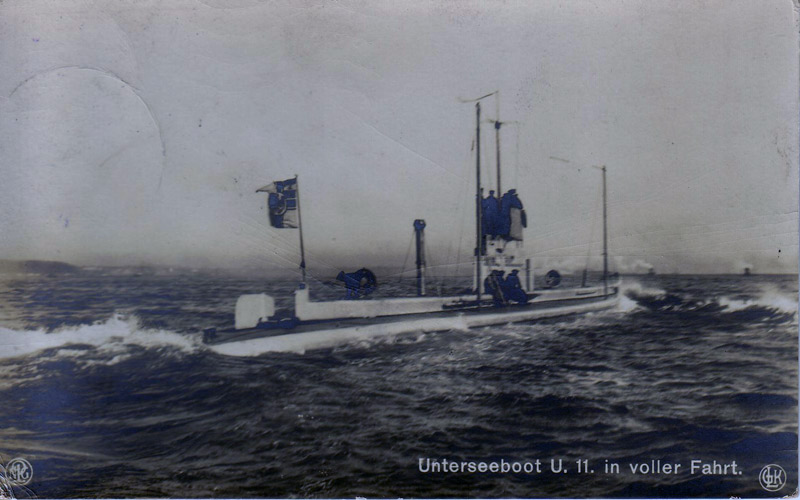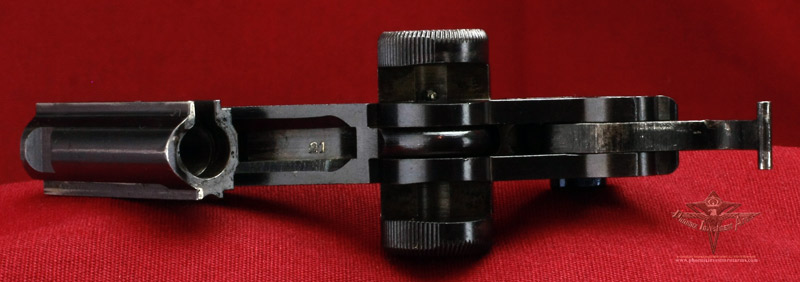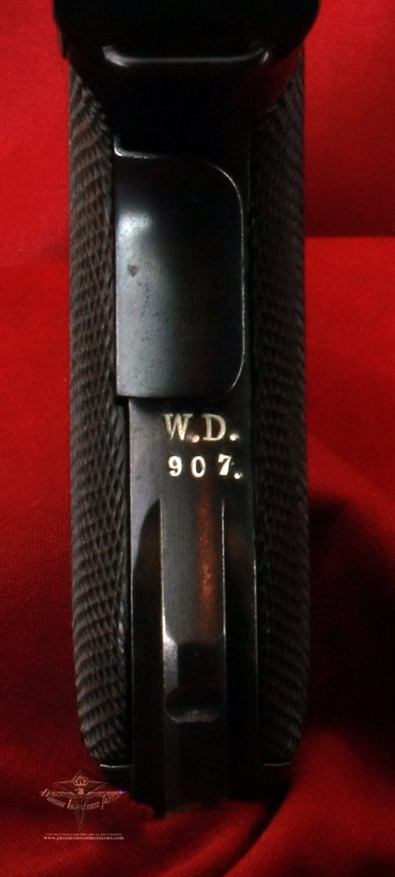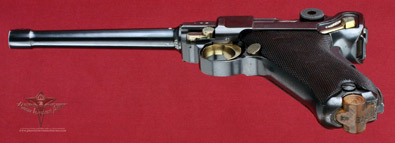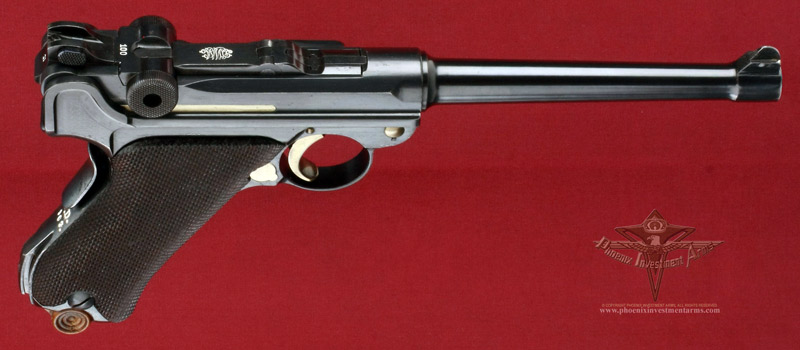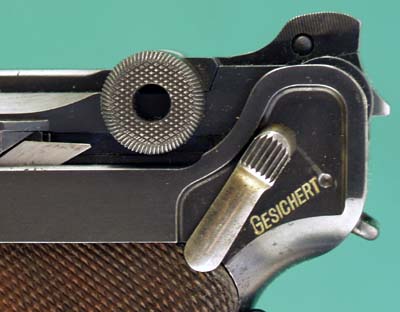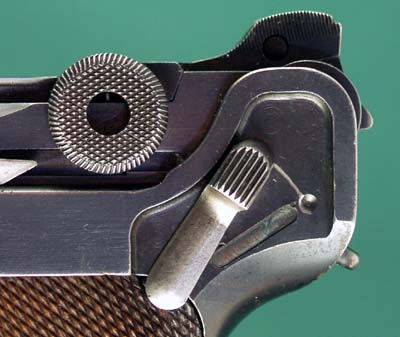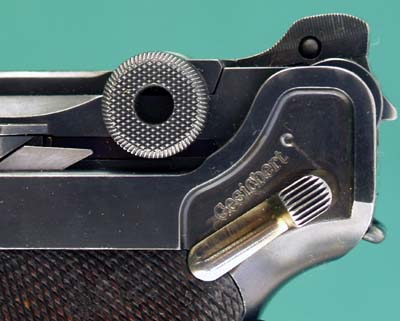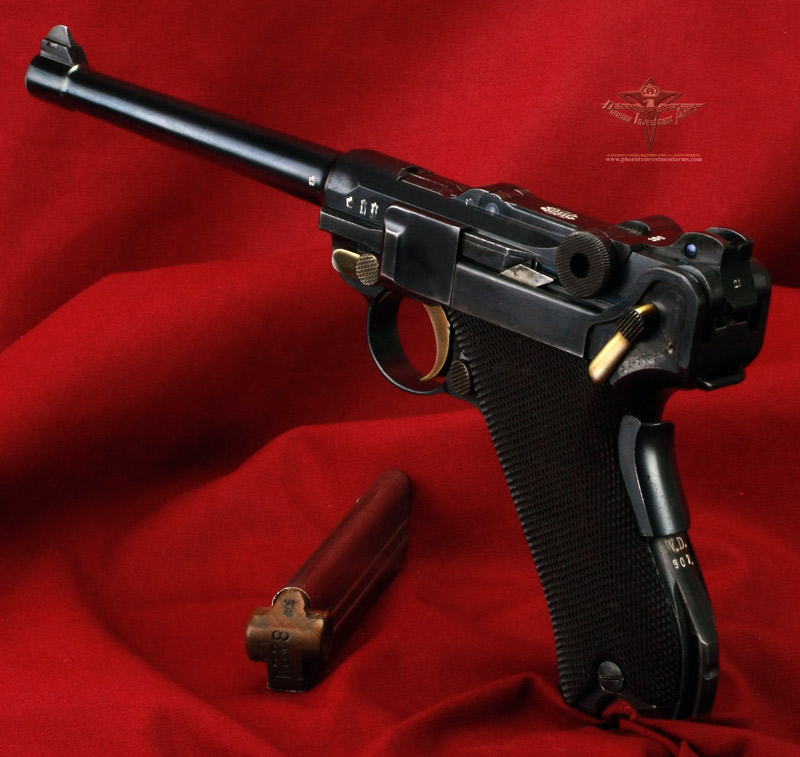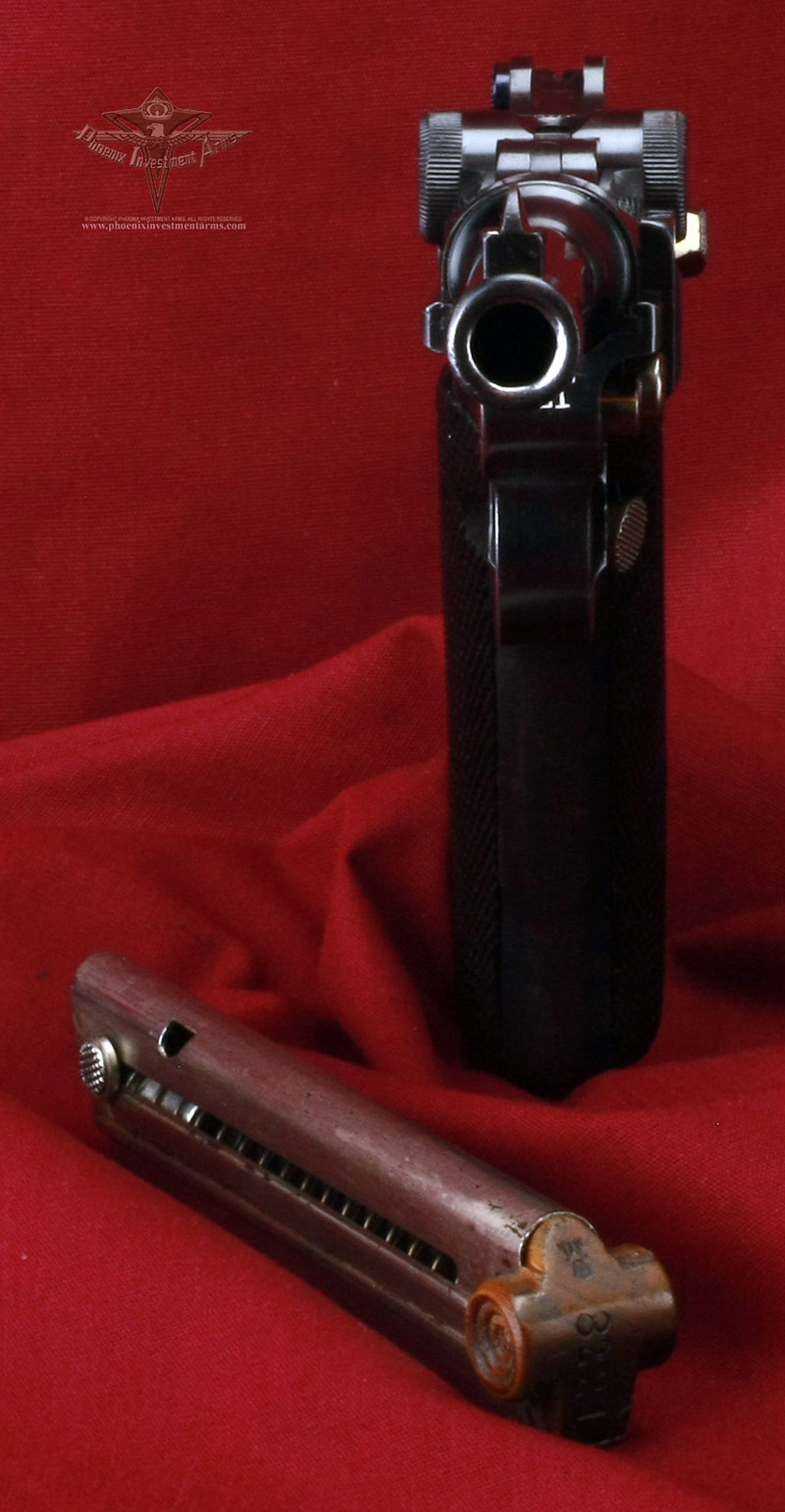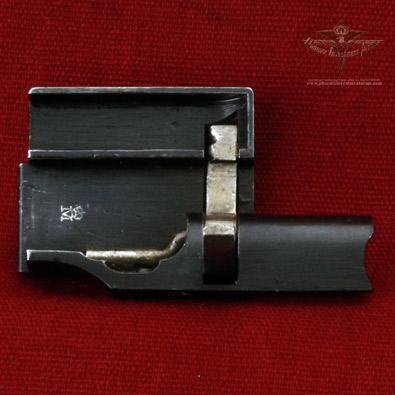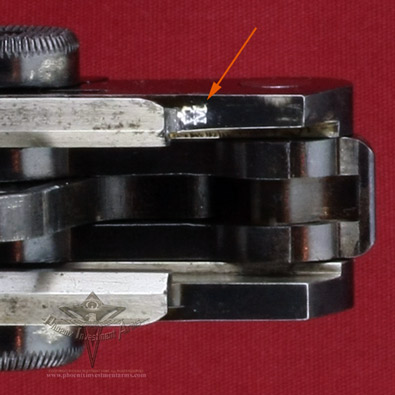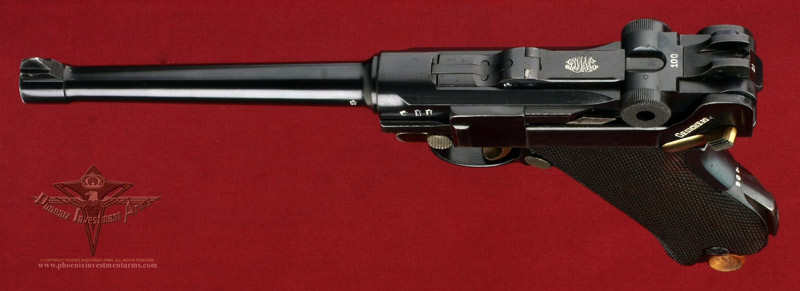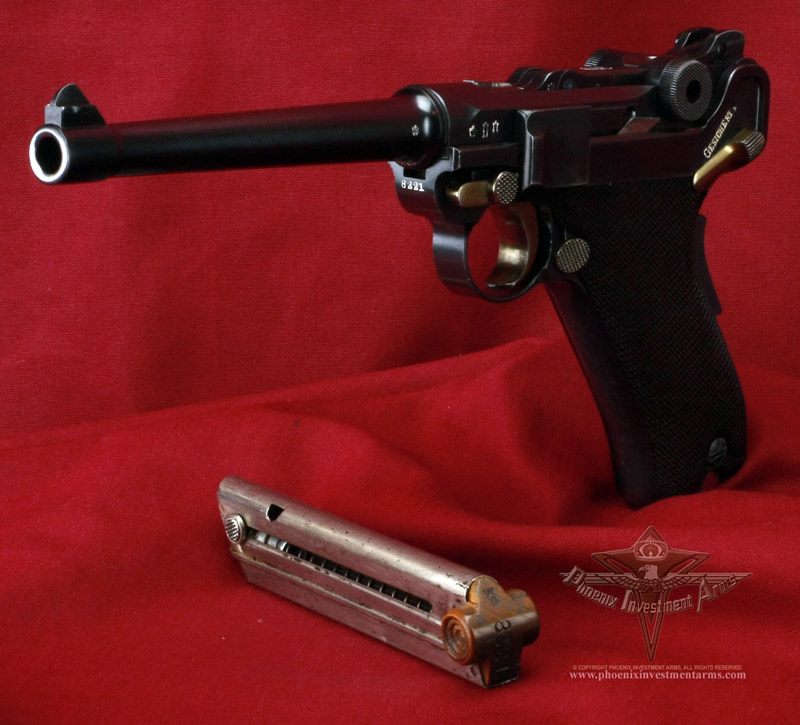|
 |
The Free City of
Danzig became a major manufacture of arms and
artillery is carried on to a great extent, and the imperial
and private docks and
shipbuilding establishments, notably the Schichau yard, turn
out ships of the largest size. The town is famous for its
amber,
beer,
brandy and
liqueurs, and its transit trade makes it one of the most
important commercial cities of northern
Europe,
Freistadt (Free State) Danzig.
Hitler was determined to overturn the military and
territorial provisions of the Versailles treaty and include
ethnic Germans in the Reich. In preparation for war with Poland,
in the spring of 1939 Hitler demanded the annexation of the Free
City of Danzig to Germany and extraterritorial rail access for
Germany across the "Polish Corridor," the Polish frontier to
East Prussia.
In summer 1939, Hitler
demanded Poland to grant the so-called KORRIDOR (a road
connecting the isolated German province of East Prussia with the
remainder of Germany, to be placed under German sovereignty);
Poland rejected. On August 23rd, Danzig Gauleiter Albert Forster
staged a coup d'état (the day of the Nazi-Soviet Non-Aggression
Pact).
On September 1st 1939, a German battleship, the
Schleswig-Holstein, on visit in Danzig, opened fire on the
Westerplatte (held by a Polish garrison), thus opening WW II;
the same day, Danzig was formally annexed by Germany.
|
